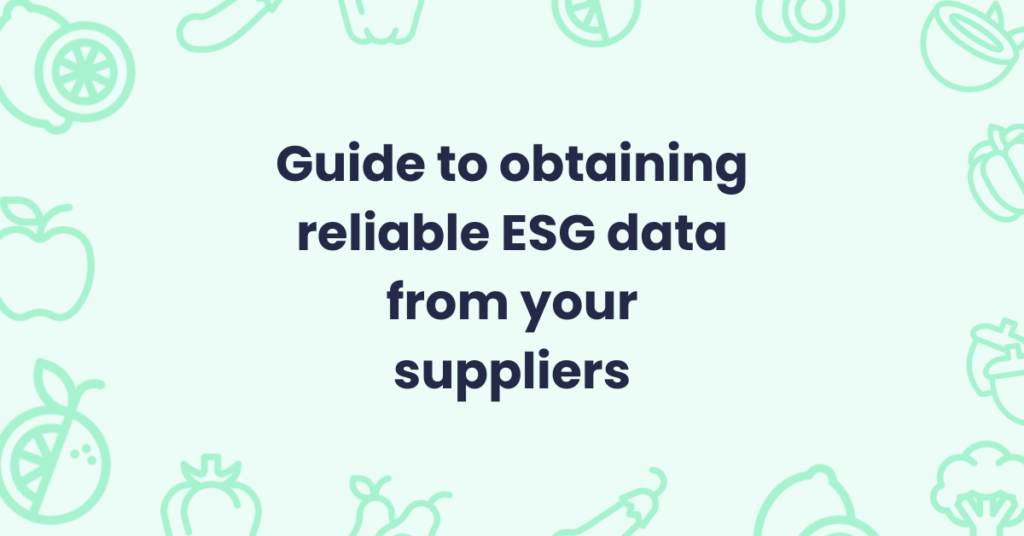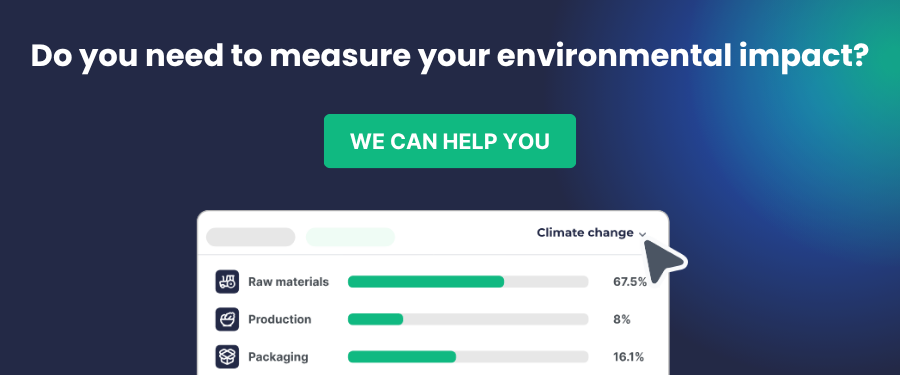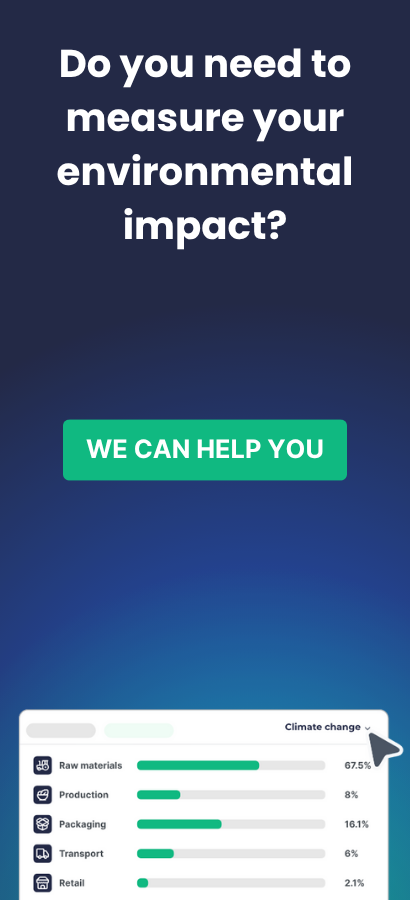Complying with the requirements of the Corporate Sustainability Reporting Directive (CSRD) is challenging for many companies, especially when it comes to obtaining ESG (environmental, social, and governance) data from suppliers. This guide provides a practical approach to start requesting and collecting reliable ESG information, demonstrating your commitment to current regulations and improving sustainability throughout your supply chain.
Why it’s important to obtain ESG data from your suppliers
Suppliers play a crucial role in any company’s environmental and social footprint. In a regulatory environment that is becoming increasingly strict, such as the one established by the CSRD, companies need to collect and report ESG information not only from their direct operations but also across their supply chain. Companies unable to obtain and verify ESG data from their suppliers risk regulatory non-compliance and potential sanctions.
Main benefits of collecting reliable ESG data from your suppliers:
- Regulatory compliance: Ensures your company meets reporting requirements like those of the CSRD.
- Risk reduction: Identifies potential risk areas in your supply chain, such as carbon emissions or labor rights violations.
- Reputation enhancement: Transparency and commitment to sustainable practices strengthen your brand’s image with customers and stakeholders.

Common challenges in collecting ESG data from suppliers
- Lack of supplier preparedness
One of the biggest obstacles is that many suppliers, especially small and medium-sized enterprises (SMEs), are not accustomed to collecting or reporting ESG information. This can result in incomplete or low-quality data, or even a complete inability to respond. - Inconsistency in data formats
Suppliers may provide ESG information in different formats, making it difficult to integrate into the company’s reporting systems. - Difficulty in verifying data authenticity
Even when suppliers provide ESG data, it can be challenging to verify its accuracy or whether it has been audited by third parties.
How to effectively request ESG data from suppliers
- Set clear expectations from the beginning
When starting a relationship with a new supplier, make it clear from the outset that your company requires regular, detailed ESG reports. Include these requirements in contracts and supply agreements.
Tip: Provide a list of the key ESG indicators you need. For example, in the environmental area, this could include carbon footprint, water consumption, and waste management. - Use a standardized format for data collection
Standardize ESG information requirements in a format that all suppliers can use. This facilitates data analysis and ensures that each supplier provides information consistently.
Suggested template: Develop a spreadsheet with clear ESG data categories, such as:- CO₂ emissions (kg)
- Energy consumption (kWh)
- Use of recycled materials (% of total).
- Offer support and training to your suppliers
In many cases, your suppliers may need guidance to understand what ESG data is necessary and how to collect it effectively. Provide training resources or sessions on sustainability and regulatory requirements.
Suggestion: Organize webinars or share practical guides on sustainability and how to collect and report quality ESG information. - Implement a digital platform for data collection
Using software that allows your suppliers to directly upload their ESG reports not only streamlines the process but also reduces errors. These platforms often include verification tools that enable you to assess data quality.
Advantages:- Reduces manual errors.
- Provides automatic verification of data integrity and accuracy.
- Allows real-time analysis of supply chain sustainability.
Verification of ESG data: ensure data reliability
It’s not enough to simply collect data; it’s crucial to verify its accuracy. To do this, you can employ internal or external audits to validate the reports received from your suppliers.
- Third-party audits: Hiring external auditors to review ESG data can give you greater confidence in the reliability of the information.
- Verification automation: Some ESG management platforms allow providers to add certifications for sectoral audits or management system verifications directly in their profiles, streamlining this process in many cases.
How to meet CSRD requirements in your supply chain
The CSRD establishes clear obligations for companies regarding transparency and ESG data reporting. It’s essential that your company is prepared to report supplier information accurately.
- Prioritize critical suppliers
Not all suppliers will have the same impact on your ESG report. Prioritize those with a greater weight in your supply chain in terms of volume or ESG risk. - Conduct a risk assessment
Evaluate your suppliers based on their compliance with ESG standards. This will allow you to identify suppliers who need to improve or implement sustainable practices. - Update contracts to include ESG obligations
Ensure contracts with your suppliers include specific clauses on the obligation to report ESG data to support your CSRD compliance.
Conclusion
Collecting reliable ESG data from your suppliers is essential to comply with the CSRD and maintain a sustainable supply chain. Through standardization, training, and the use of digital tools, you can improve the quality of the information you receive and strengthen your position in relation to regulations and market expectations.




